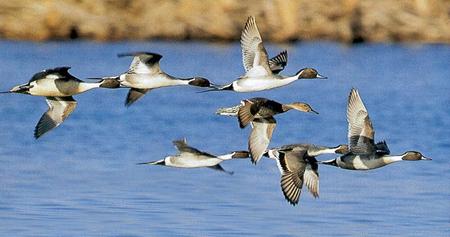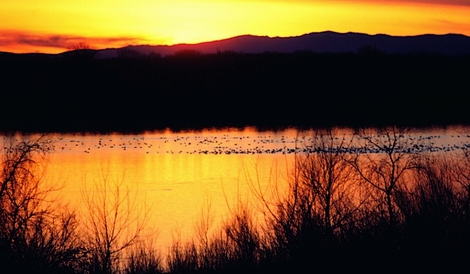Hunting waterfowl such as ducks and geese can be exciting and is an important part of wildlife population management, but providing adequate habitat should be of primary importance to any hunter or landowner. Providing habitat for ducks and geese varies from property to property, but active wetland management is the cornerstone to meeting the needs of migrating waterfowl populations.
Of all the wetland types out there, coastal wetlands are arguably some of the most important. These wetlands played a critical role historically because the millions of farm ponds and lakes that ducks and geese now use for wintering did not exist. Persons owning or leasing coastal wetlands can implement management practices that benefit local and migrating waterfowl and improve overall duck and goose hunting. Continue reading Wetland Management for Waterfowl


